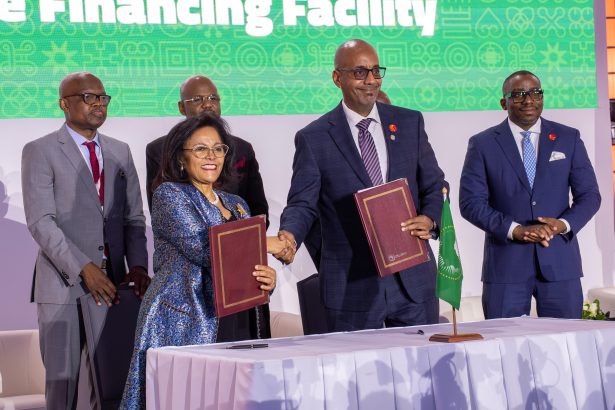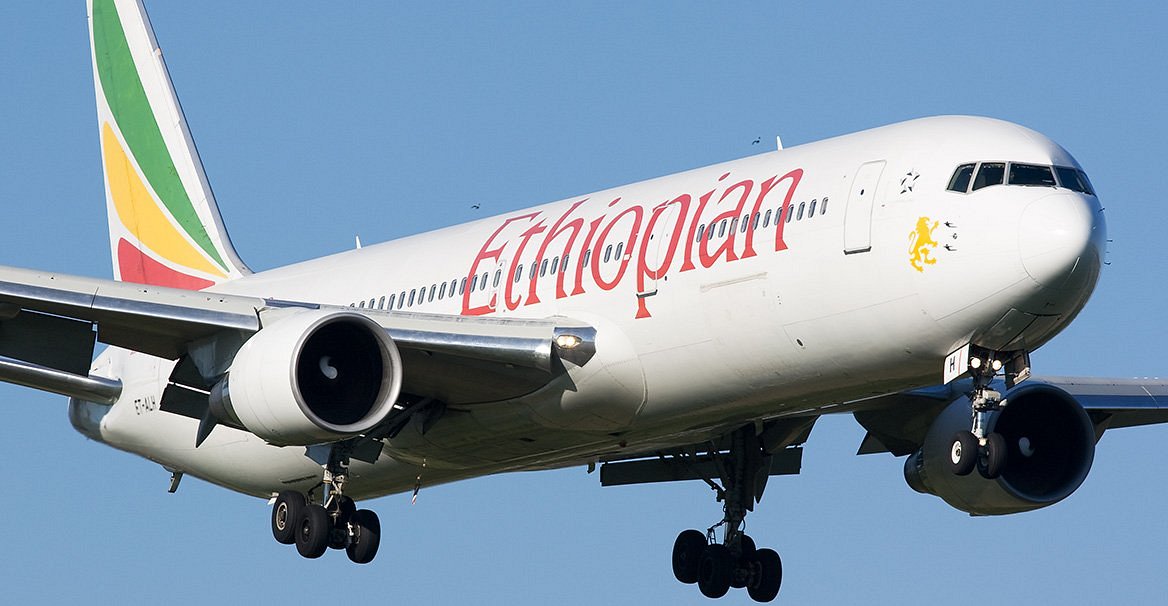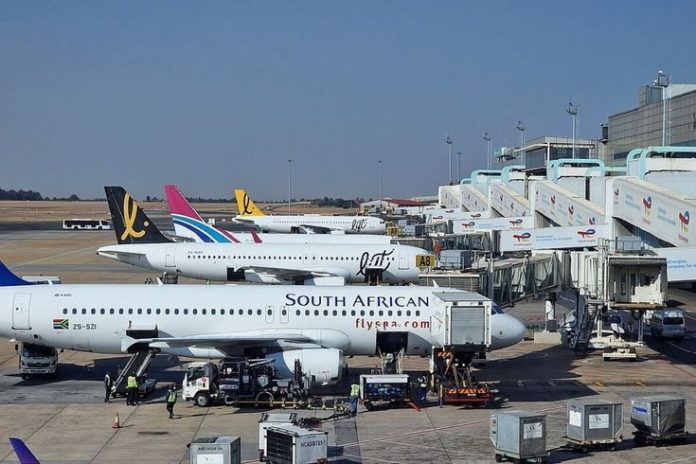The African Union has launched a ten-year, $30 billion aviation modernization plan, signaling a decisive shift in how the continent moves people, goods, and climate-smart investment. Announced in Luanda, Angola, by AU Commissioner for Infrastructure and Energy Lerato D. Mataboge, the commitment marks one of the most ambitious transport undertakings since the African Continental Free Trade Area (AfCFTA) came into force.
The strategy aims to rebuild aging airport systems, harmonize continental airspace under the Single African Air Transport Market (SAATM), and align aviation growth with global sustainability standards.

For a sector long constrained by fragmented regulations, high ticket costs, and emissions-heavy fleets, the move reflects both urgency and aspiration. Africa accounts for roughly 2% of global air traffic today yet carries nearly 18% of the world’s population, a mismatch that has held back intra-continental trade, tourism, and investment. With passenger numbers forecast to rise from an estimated 160 million in 2024 to nearly half a billion by 2050, the African Union’s timing is strategic.
Read also: Ethiopia secures United States backing for $10 Billion Bishoftu International Airport project
If Africa does not build the infrastructure to handle this traffic sustainably, it risks outsourcing connectivity to external carriers while importing more carbon than it emits domestically.

Mataboge’s message in Luanda captured the policy shift: aviation is not a luxury but a development instrument. “Aviation is a strategic engine of continental integration,” she noted, framing SAATM as both a mobility reform and a climate transition lever. In practice, that means replacing outdated terminals and short runways with modern, efficiency-driven systems; digitalizing navigation and air-traffic operations; and embedding carbon-reduction standards from the outset rather than retrofitting them later at greater cost.
The AU’s plan rests on blended finance, $10 billion in public funding to catalyze a further $20 billion from private investors, multilateral lenders, and climate-aligned capital pools. That structure mirrors regional energy and transport reforms already underway in Morocco, Kenya, South Africa, Rwanda, and Senegal, where concession models and sovereign green financing are being deployed to upgrade ports, metros, and renewable power corridors.
The aviation investment, however, arrives with its own complexities: airports are capital-intensive, returns are long-dated, and environmental scrutiny is intense. Yet investors are watching. Global infrastructure funds increasingly treat airports as climate-transition assets when designed with electric ground fleets, solar-powered terminals, and sustainable aviation fuel (SAF) logistics.
Sustainability sits at the core of the AU’s aviation vision. The initiative calls for reduced fuel burn through route optimization, collaborative decision-making systems, and data-driven airport operations technologies such as SWIM and A-CDM. These upgrades are designed to cut emissions before Africa’s skies become congested. The approach aligns with ICAO efficiency targets and mirrors Rwanda’s Bugesera project and Kenya’s ongoing Jomo Kenyatta International Airport modernization, both incorporating renewable energy, smart mobility, and resilient infrastructure principles.
The environmental case is not merely aspirational. Africa’s aviation emissions are currently modest in global terms, under 4% of worldwide aviation-related CO₂, but they are set to rise alongside passenger demand. Without early operational reforms, much of that growth would be paired with older aircraft, diesel ground transport, and inefficient hubs.
The AU’s framework seeks to avoid locking in a high-carbon path. Instead, it positions African airports as testbeds for circular materials, electric air-side equipment, and SAF blending logistics linked to the continent’s emerging biofuel ecosystem. South Africa, Ethiopia, and Kenya are already researching indigenous feedstocks for sustainable jet fuels, while green hydrogen corridors under development in Namibia and Mauritania could ultimately serve aviation.
If successful, this aviation plan could ripple beyond runways. Regional trade bodies estimate that full implementation of SAATM could increase passenger volumes by nearly 50% in liberalized markets, lower fares by up to 30%, and unlock billions in tourism receipts and logistics efficiency.
Read also: Morocco charts 2040 Coal exit in bold move towards Africa’s green energy future
East Africa offers a glimpse: Ethiopia Airlines’ hub-and-spoke model has widened access, while Rwanda’s compact aviation and tourism strategy has made Kigali an emerging business hub. Yet the policy payoff is not automatic. Nearly half of African countries are yet to fully implement SAATM open-skies commitments, and bilateral restrictions still fragment the market.
The AU’s challenge therefore stretches beyond financing to governance. Integrated border systems, standardized safety regulations, and climate-aligned airport planning will require coordination among airlines, regulators, planning ministries, and local authorities, a process that historically moves slowly. But the political backing at Luanda suggests momentum.
As AfCFTA accelerates supply-chain integration and Africa positions itself in global green-industrial manufacturing, air logistics will become more strategic: moving vaccines, clean-tech components, agricultural exports, and climate-resilient produce across growing value chains.
The AU’s vision also touches Africa’s just-transition narrative. Aviation growth opens jobs across engineering, digital systems, maintenance, security, hospitality, and fuel innovation. With 12 million young Africans entering the workforce annually, this infrastructure wave doubles as an industry-building moment. But for the green dividend to materialize, training pipelines must match investment: technical colleges, SAF research centers, and civil-aviation academies will need scaling, much like Kenya’s linkages between its innovation ecosystem and climate-entrepreneurship platforms.
Read also: Africa’s growth holds steady as International Monetary Fund warns on debt and fiscal fragility
As the continent heads toward COP30, Africa is asserting a clear stance: climate-compatible development does not mean slower growth; it means redesigned growth. The AU’s aviation blueprint fits into a broader shift, from ports in West Africa adopting shore-power and green-corridor pilots to Eastern Africa’s electric bus rollout and Southern Africa’s green-hydrogen export zones. Mobility, resilience, and emissions-smart infrastructure are converging.





